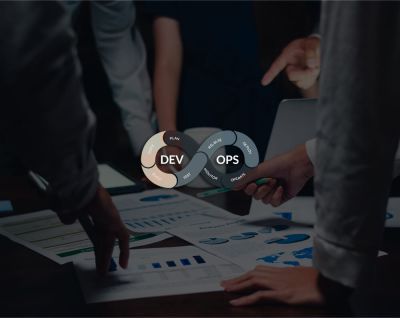
Exploring the role of Azure DevOps in project planning and delivery
Business today is happening at the speed of light. Providing more features and being faster to the market than the competition is now the norm, with multiple releases of new features and fixes to business-critical production systems on a single day.




